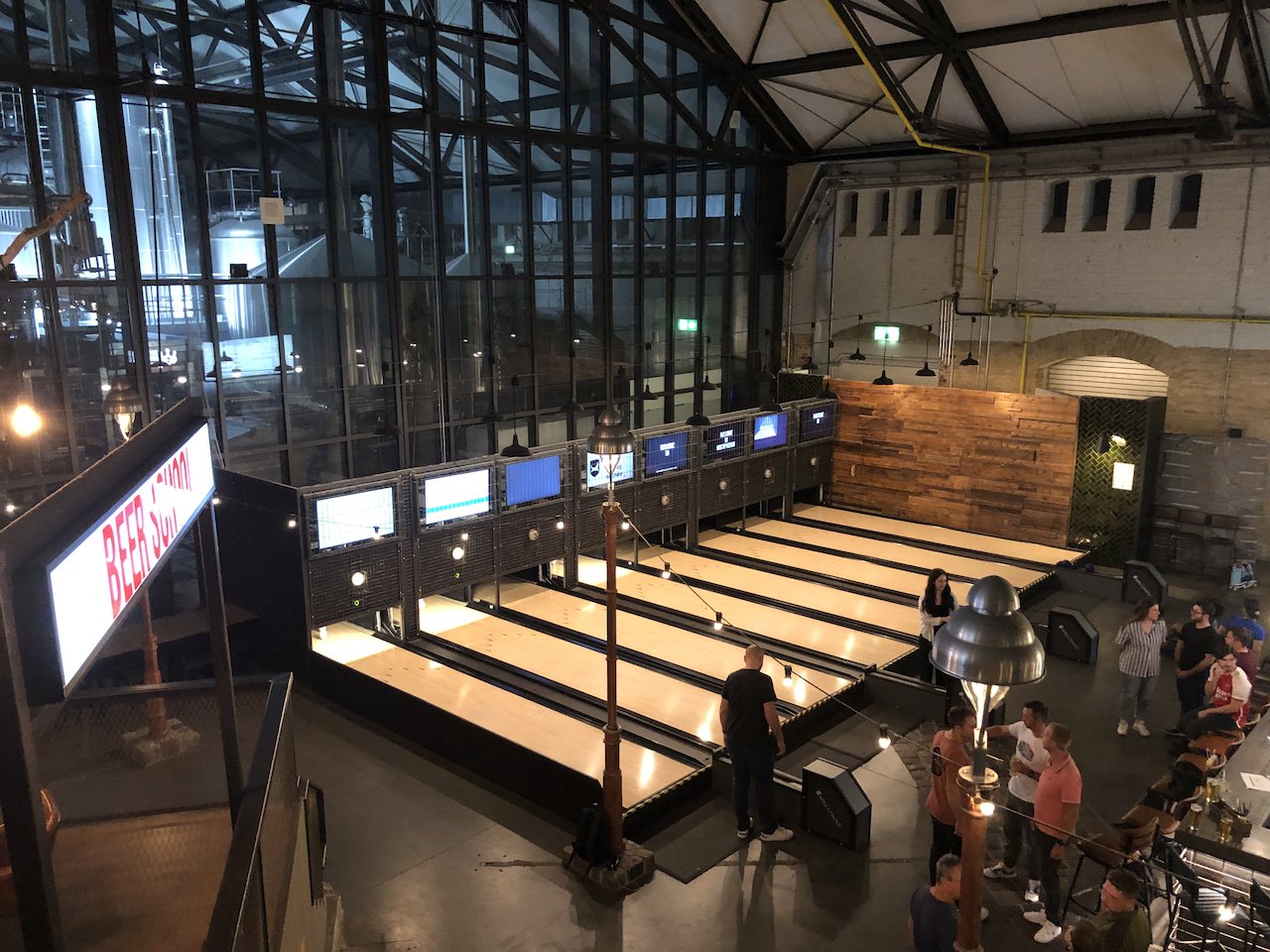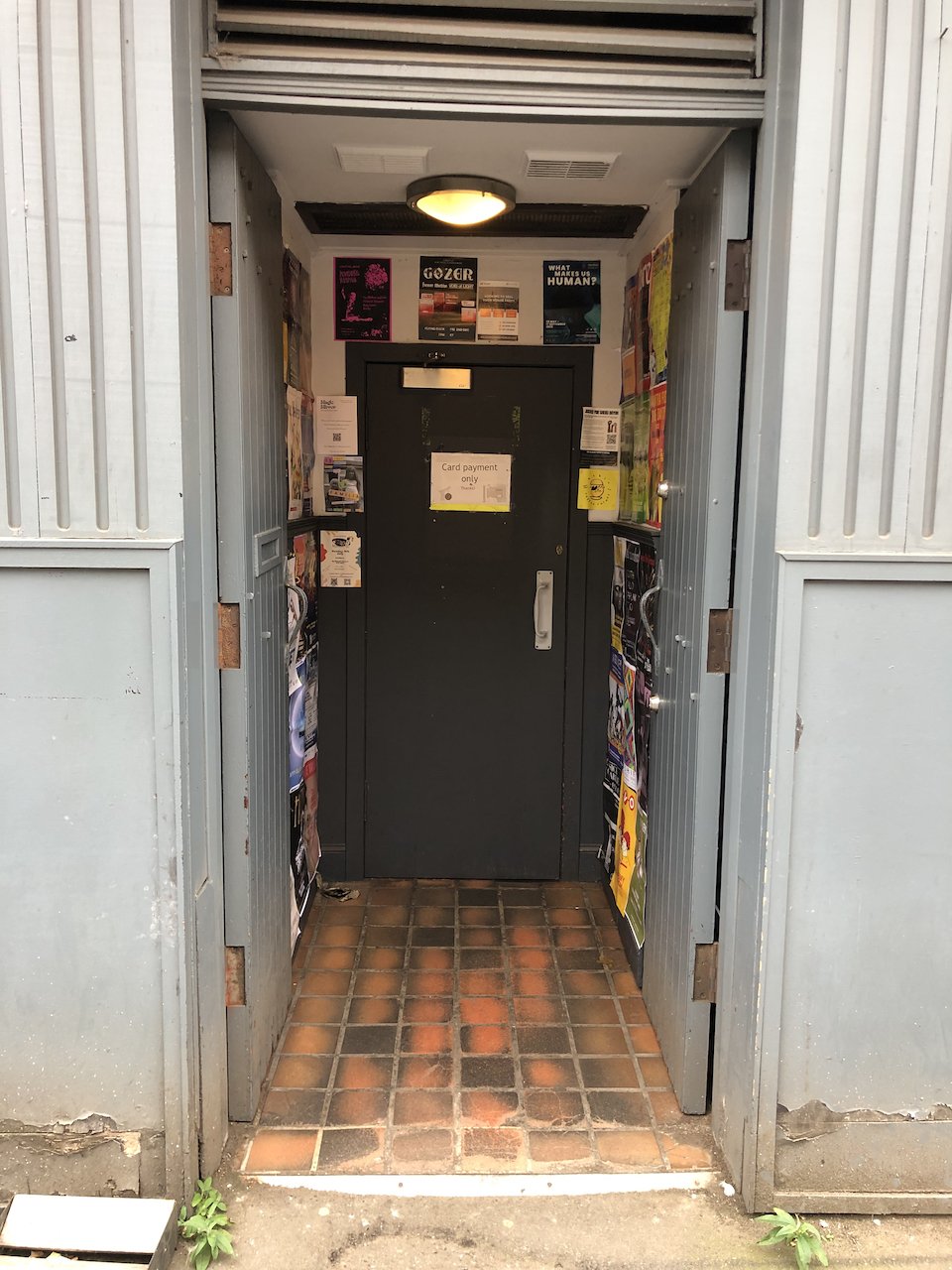Does European beer have an American flavour?
It’s the 28th of February, 1950, and Jean Llante, Resistance hero turned Communist politician, rises to address France’s National Assembly:
“Monsieur le ministre, they are selling a drink on the boulevards of Paris called Coca-Cola … This is not simply an economic question, nor is it even simply a question of public health - it’s also a political question. We want to know if, for political reasons, you're going to permit them to poison Frenchmen and Frenchwomen.”
We’re all poisoned now. American cultural influence, and the response to it, has been Europe’s defining cultural theme of the years since the fifties, eliciting responses running the gamut from perpetual, sometimes petulant resistance to craven, New York Yankees-cap-wearing submission.
And while Coca-Cola is the inevitable star-spangled standard bearer for this era (Germans loved it, while French consumers remain less keen than most) there are many other examples - including, of course, craft beer.
Last year, through a combination of luck, obligation and planning, I managed to visit a random selection of bars and breweries in some of Western Europe’s major and major-ish cities (Copenhagen, Paris, Barcelona, Berlin, Brussels, and Glasgow). In and of themselves, they’re not particularly interesting; as a set, they arguably illustrate some different ways in which craft beer has landed in related but different cultures. Judge for yourself:
Copenhagen, ABEN
Copenhagen might be famous for ‘New Nordic Cuisine’, whatever that means, but on the street global street-food dominates. Even the city’s famous hotdogs are descended from American and Bavarian antecedents. There's a lot of variety here in food/drink options, and quality is reasonably high. Copenhageners like nice things.
American things, too. At ABEN, the city’s newest brewery-cum-bar, there are numerous IPAs, most of them hewing very close to the American originals. Danes appear keen on American craft beer as it is, unadulterated, authentic - perhaps more so than other Europeans, excepting their fellow Scandinavians. Where Danish flavour comes through at ABEN is in the architecture: it’s a converted slaughterhouse that feels more like a nightclub - albeit one with an open kitchen at the back. It’s clean, bright, very Danish; a nice place for a drink, particularly if you like IPAs.
Paris, Bofinger
Bofinger is the classic tourist trap, a beautiful monument to a city that doesn’t exist anymore. It’s Paris as it looks in Disney films. It’s also the sort of place where you have to spend ten minutes engaged in tense negotiations to move yourself off the worst table, and where a simple request for a beer results in being sneakily upsold - from an industrial Pils, quite appealing on a ludicrously humid Paris day, to the same brewery’s attempt at a New England IPA (€7.50 for 33cl).
But! The beer was very cold, and actually quite interesting. It was Tigre Bock IPA, made by Kronenbourg, described simply as “Premium” on the menu and as cloudy as IPAs are these days. It was bitter, hopped with Strisselspalt, the Alsace classic, with its Earl Gray spiciness. American but also Alsatian, and served in a winningly dumpy little glass mug.
Sitges, La Sitgetana
In August, I melted in Sitges. For reasons known only to myself, I decided to go for a long walk along the unshaded beachfront and into town on a blazing hot day. When I arrived at La Sitgetana, a brewery based on a trading estate some distance from the beach, I had become half-man, half-puddle. “Why didn’t you take the bus?” asked the lady behind the bar. “It’s free.”
If La Sitgetana borrows from American beer culture, it’s from an earlier era, when variety was the mantra. A more confident era. Here there’s pale ale, IPA and lager, yes, but also porter, brown ale and weissbier.
I chose Vinyet, a 6.2 percent ABV Porter. The server took a lot of time over the beer - I was the only customer, so not an issue, but also very thirsty, so an issue - to ensure the perfect ratio of head to beer, and that the sides of the glass were wiped clean of foam. Maybe it was the combination of anticipation and thirst, but the beer was marvellous: dry, roasty, perfect for the heat. This level of quality reflects Spanish - or Catalan - norms: people expect stuff to be good, and the people making it care about it being good, so it is good.
Berlin, Brewdog
Stone’s arrival and then retreat from Berlin is symbolic of how American craft breweries have fared in Europe. What is equally significant is how Brewdog has jumped straight into their shoes, buying the bar as part of a continent-wide expansion. For many European consumers, Brewdog is the key player in craft beer.
What that means in Berlin is a bar that reeks of America - or a certain idea of America, from the Duckpin bowling (€12.50 an hour) to the food, which takes in everything from the Patriot Burger to what are optimistically described as ‘World Famous Wings’. This is America as seen from Ellon. The beers reflect that, although unlike Stone, Brewdog are making plenty of pale lagers here to cater to local taste. They’re nothing if not business-savvy. Capitalists not fundamentalists, whatever the rhetoric.
Glasgow, Koelschip Yard
Glasgow likes to think of itself as a city apart, a place of robust working-class norms, and to some extent that’s true. Like Dublin, it has an iconic local brand, Tennent’s, which attracts some of the same fetishisation that surrounds Guinness, but which arguably tells us more about the city. It’s simple, unpretentious, it’s lager, it’s 100 percent Scottish.
This archetypal City of Empire frequently defines itself against southern England, an attitude that has often embraced quirky Americophilia. But craft beer was slow to take off here - a reaction to Brewdog, perhaps, a company which could have been designed to get up Glaswegian noses - and it’s the beers of continental Europe that appear to have more traction. At Koelschip Yard, a Southside pub which - despite the name - is classically Glasgow (cosy, but you can’t see in), I had Czech Yerself, made by Glasgow’s Overtone, served - so the menu says- on a sidepull tap.
In the corner, an American was chatting to his Scottish pal about Alsace.
Brussels, À La Mort Subite
One of life’s great joys is strong beer at lunchtime, and the best place to experience it is Belgium. I’m sure À La Mort Subite - a magnet for tourists, if not quite in the Bofinger class - is regarded with disdain by some, but I love the long, slim interior, especially the wooden seating, which stretches along the entirety of one side of the room, and the somewhat disdainful service.
At À La Mort Subite, the only notion that modern America exists is in the accents of some of the drinkers and the Duvel Tripel Hop on the bottle menu. It’s pre-craft - and more than likely post-craft, too, given the quality of the Rochefort 10 I had. The best beer I’d had all year, I remember telling myself on the way out - but strong beer at lunchtime will do that to you.





